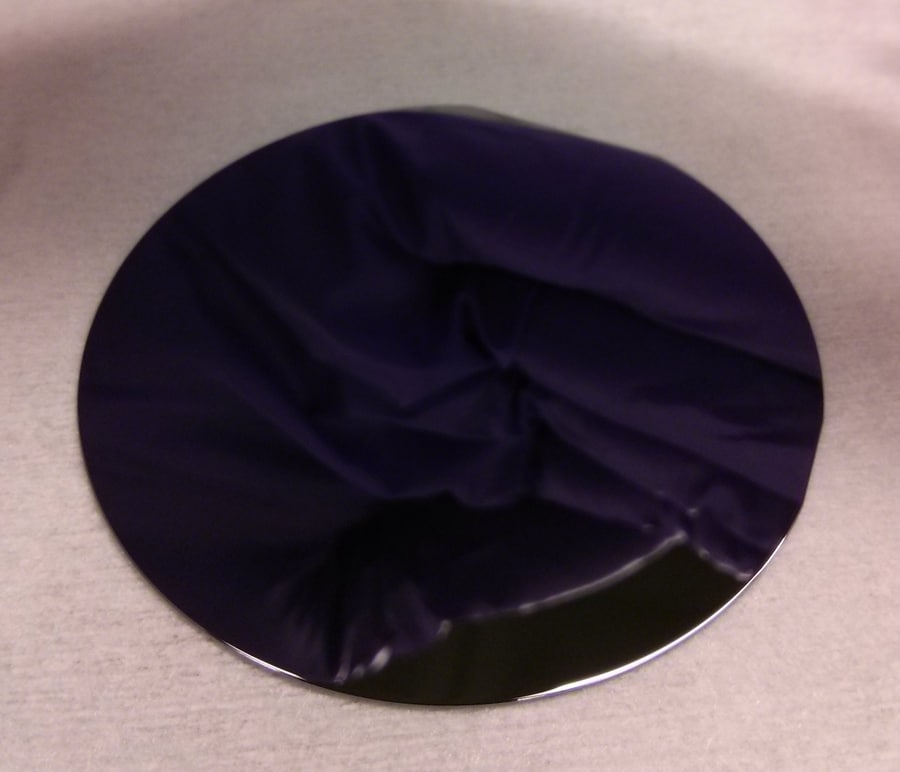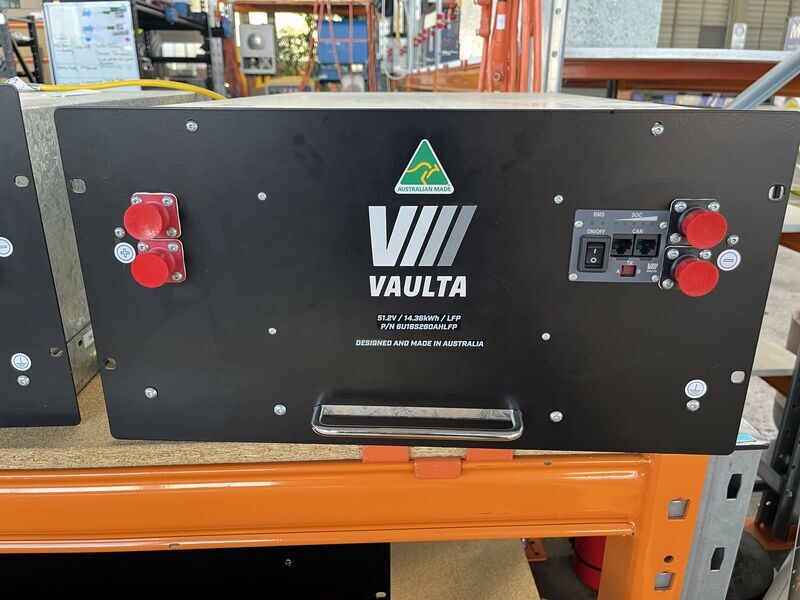From pv magazine Global
Solar cells based on III-V materials such as gallium arsenide (GaAs) can achieve much higher efficiencies than those ensured by conventional crystalline silicon. Their costs, however, still confine the technology to niche segments such as applications in space or expensive innovative projects with relatively long implementation timeframes.
Some researchers at the Norwegian University of Science and Technology (NTNU) have decided to take a different approach and used GaAs not as a substrate for the solar cell but as a material to fabricate an axial p-i-n junction nanowire array. These nanowires are then used to build a nanowire solar cell to be used as a top cell in a dual tandem cell with a bottom silicon cell.
Nanowire solar cells have the advantage over planar solar cells in allowing for a thick absorbing layer to fully absorb the solar spectrum. Other advantages are reduced reflection, extreme light trapping, improved bandgap tuning, facile strain relaxation, and increased defect tolerance.
The nanowires were grown through molecular beam epitaxy (MBE), which is a technique commonly used for thin-film deposition of single crystals in the production of semiconductor devices.
“We have worked to minimise the cost of growing the top GaAs nanowire cell, because it’s the GaAs fabrication cost that is one of the major issues that is currently holding back the technology,” said researcher Helge Weman, noting that these nanowires could be easily produced on an industrial scale through metalorganic chemical vapour deposition (MOCVD). The latter is a different type of chemical vapour deposition (CVD) and is commonly utilised for the deposition of crystalline micro or nano-thin films.
The nanowire structure used in the cell has a tiny footprint and this, according to the research team, enabled the formation of high-quality crystals in the nanowire and in the interface with the silicon, which improved the overall cell’s efficiency.
“Employing this method, a GaAs nanowire array solar cell with only around 1.3% areal coverage of the nanowires shows a photoconversion efficiency of around 7.7% under 1 Sun intensity [at standard radiation conditions], which is the highest achieved efficiency from any single-junction GaAs nanowire solar cell grown on a silicon substrate so far,” the researchers stated. “This corresponds to a power-per-weight ratio of the active III–V photoconversion material [of] as high as 560 W/g, showing great promise for high-efficiency and low-cost III–V nanowire solar cells and III–V nanowire-silicon tandem solar cells.”
The details on the solar cell and the related manufacturing technique can be found in the paper GaAs/AlGaAs Nanowire Array Solar Cell Grown on Si with Ultrahigh Power-per-Weight Ratio, which was recently published in ACS Photonics. “We are exploring growing this type of lightweight nanowire structure on atomically thin two-dimensional substrates such as graphene,” said researcher Anjan Mukherjee, referring to the further development of the technique. “This could open up enormous opportunities to produce lightweight and flexible solar cells that can be used in self-powered drones, micro-satellites and other space applications.”
This content is protected by copyright and may not be reused. If you want to cooperate with us and would like to reuse some of our content, please contact: editors@pv-magazine.com.









By submitting this form you agree to pv magazine using your data for the purposes of publishing your comment.
Your personal data will only be disclosed or otherwise transmitted to third parties for the purposes of spam filtering or if this is necessary for technical maintenance of the website. Any other transfer to third parties will not take place unless this is justified on the basis of applicable data protection regulations or if pv magazine is legally obliged to do so.
You may revoke this consent at any time with effect for the future, in which case your personal data will be deleted immediately. Otherwise, your data will be deleted if pv magazine has processed your request or the purpose of data storage is fulfilled.
Further information on data privacy can be found in our Data Protection Policy.